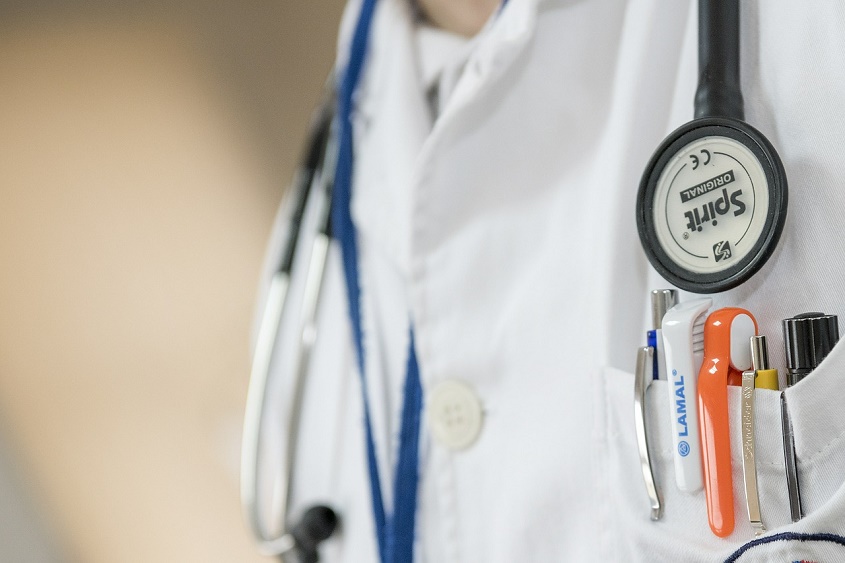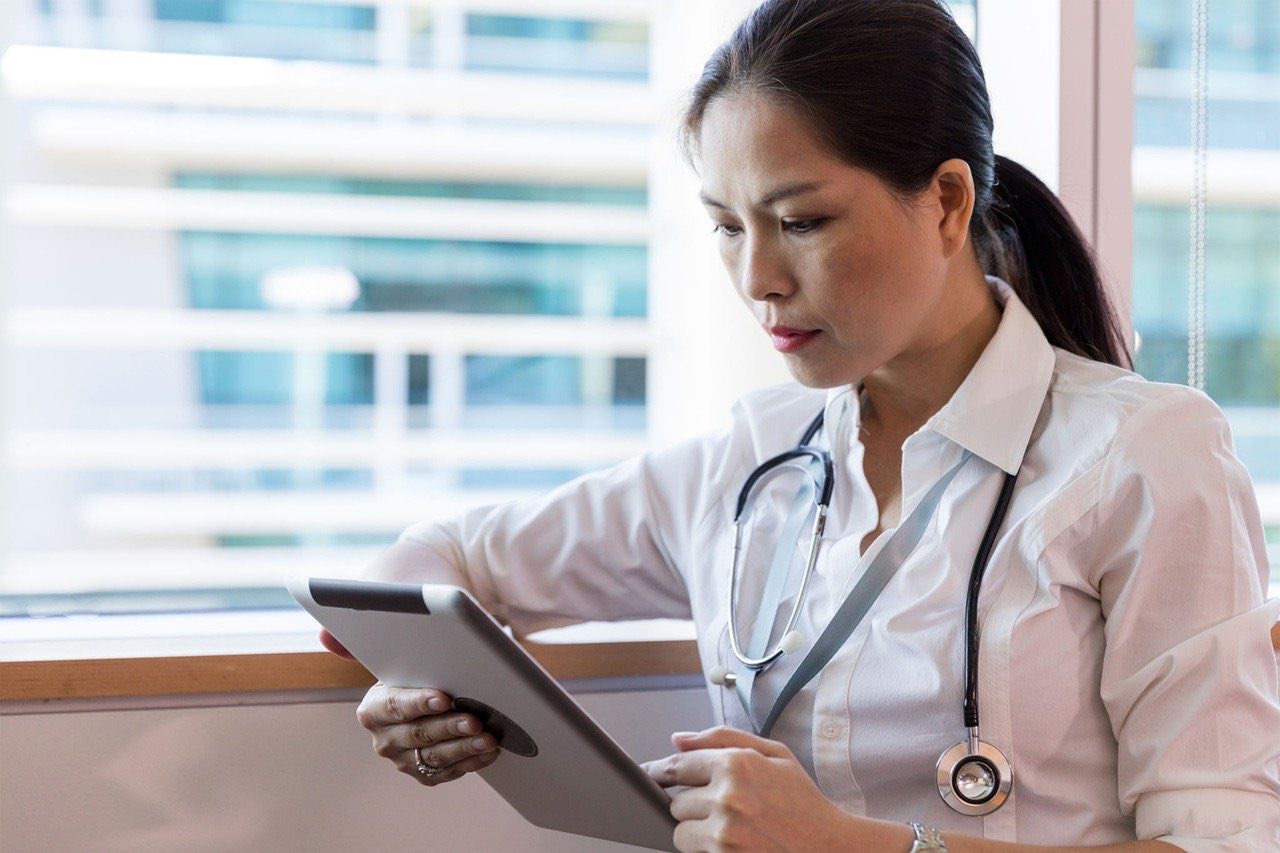The healthcare industry is complex and hectic, and the environment is constantly transforming. The primary duty of hospital staff and healthcare workers is to ensure that their patients get quick access to quality care. Therefore, they need their tools and equipment to be in the correct order and at the right places to avoid time wastage and to administer assistance when the need arises swiftly.
For work to go as planned, medical teams and departments must ensure their resources are used efficiently, and assets managed well. A Real-Time Location System enables health workers to do just that by displaying the entire healthcare facility and its assets in real-time, which are just a few of the many healthcare RTLS benefits.
What is an RTLS?
A Real-Time Location System provides real-time or immediate management and tracking of patients, medical equipment, and medical staff within various healthcare environments. This technology facilitates direct monitoring of people and objects and location detection. RTLS is popular in several sectors, including marketing, and is a part of leading healthcare services and applications.
In health care, RTLS focuses on improving hospital services and bringing higher returns on investment, which is why it is increasingly gaining popularity. Market competition in healthcare is also propelling this technology’s popularity. On the flip side, privacy concerns and data security issues have also limited how RTLS is embraced in the market.
Benefits of RTLS in medical care
The RTLS technology offers more than just visibility and real-time updates on people and things. It also provides data-based insights, which allow administrators to enhance their operations and improve care delivery. Furthermore, many hospitals using this technology have reported a return on investment (ROI). Here are some of the leading benefits of using a Real-Time Location System.
1. Realizing savings
Hospitals can realize significant savings by using RTLS. These emerge from higher efficiency and improved asset maintenance and tracking. Furthermore, facilities can boost revenue thanks to their increased ability to assist and care for more patients.
2. Helps make healthcare systems more efficient
Automated workflows and asset tracking boost productivity and efficiencies in the healthcare industry. For instance, a Real-Time Location System solution can be configured to coordinate patient admissions with staff notifications each time a hospital room is occupied.
IoT wearables in hospitals also help to monitor patient location, case status, and overall data.
Care providers and clinicians can get data insights and updates, so they have the capacity to make swifter decisions while concurrently enhancing patient experiences.
3. Protects patients and healthcare staff
RTLS is instrumental in big multi-level facilities as well as emergency care departments. For example, some RFID tags obtain discrete push buttons, which allows hospital staff to trigger alarms during violent incidents to ask for help.
Suppose you are a patient who has to go through multiple locations during your treatment appointment. In that case, RTLS will improve patient flow since caregivers can use this solution to give accurate directions to different hospital wings. Facilities experiencing a nursing shortage can utilize RTLS solutions and IoT devices to allow supervisors to locate staff members in real-time.
Additionally, these solutions allow medical staff to locate patient infusion devices and monitors, saving time and improving patient safety.
4. Abolishes asset theft and misplacement
Most healthcare institutions spend a majority of their budget on equipment rentals. During transfer operations of such medical assets between facilities, misplacements are common. With RTLS, medical administrators can track high-value equipment and items as quickly as they can regular ones.
They get real-time notifications when the assets go in and out of your facility building or specific departments. It also eliminates the risk of theft which can be especially catastrophic and costly where expensive and rare equipment are concerned.
5. Optimized healthcare staff scheduling
Hospitals today can use RTLS to optimize their workforces. Data collected using these solutions can indicate patient throughput or wait times and provide door-to-door metrics for various emergency rooms. Being able to boost overall visibility allows administrators to see which departments or locations need extra staffing or identify emerging trends across the institutions.
6. More value from existing medical equipment
Apart from helping hospitals prevent overspending their revenue on unnecessary medical tools and equipment, RTLS avails some medical assets when needed. Supervisors can track equipment and understand how and when different tools are used.
Related software and Real-Time Location Systems pinpoint the equipment that must be sterilized or serviced. This allows medical centers to keep redundancy as well as operating costs down. They are also able to prioritize patient safety in the same breath.
Conclusion
The healthcare sector as a whole can benefit and continues to benefit significantly from the Real-Time Location System. These solutions are impacting the industry from ROI impact to productivity gains. Consider incorporating this system if you are a healthcare administrator or in this sector.







